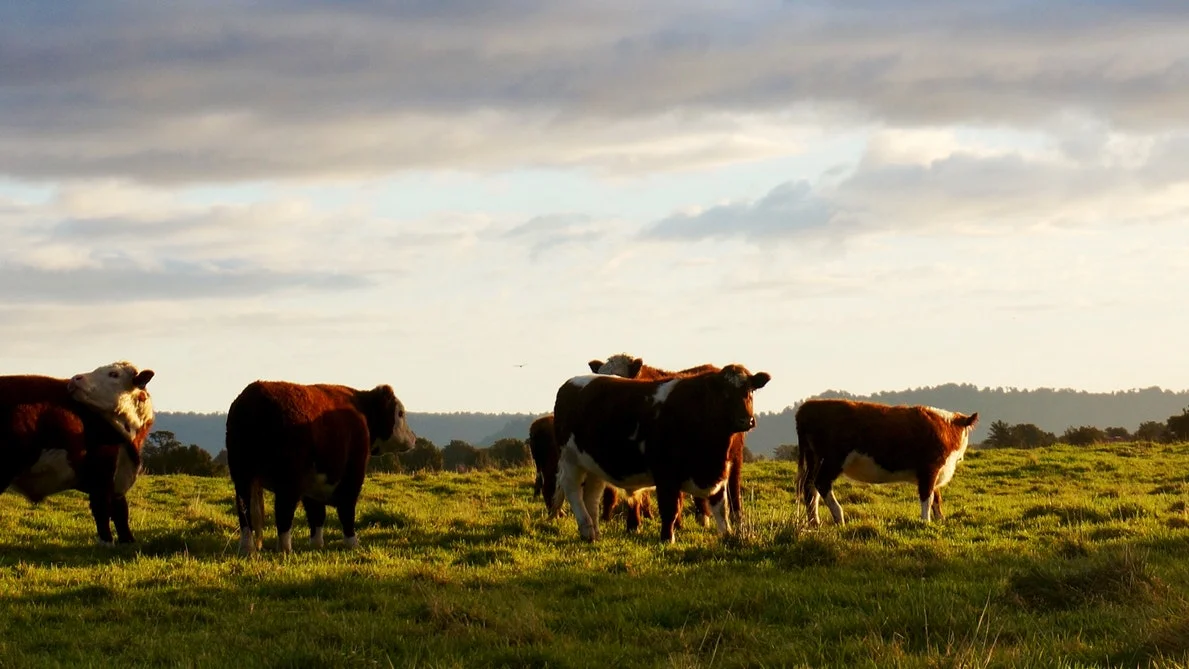Written by Lara Fuhrer | Reviewed by Nikita Kapur MS, RDN, CDN, CLT
Along with the foods trends eating organic and local, there is the growing trend of eating grass-fed and pasture raised animal products. Grass-fed and pasture raised being the diet for chickens, cows, pigs, etc as opposed to grain-fed or another alternative diet. Eating grass-fed is a conscious decision to eat animal products from animals who are eating their natural diet. It is healthier for the animals to be eating their natural diet and healthier for us as human beings. The food is more wholesome when the animal can eat their natural diet of grass, which often is infused with other greens making their diet high in nutrients. We as consumers of grass-fed animal products intake more nutrients and minerals, which aides in fighting disease and achieving our best health benefits from whole foods.
Before the industrial revolution and mass production of corn in the United States, the main diet for most livestock was grass. However, with this abundance of corn, the diet for many animals has been replaced with corn. The idea of swapping grass for corn may not seem like such a big deal, but it has posed many problems in the production of dairy, eggs, and meat. Since corn is not a natural part of the diet for most animals, animals get sick as a result and must be pumped with antibiotics and hormones to remain “healthy.” We as consumers then eat these animals that have been pumped with hormones and antibiotics in the form eggs, yogurt, cheeses, steaks, chicken breasts etc and then ingest these sickly animals and their medications and hormones. The ingredients and products we purchase and bring into our homes matter, because they affect our health. After all, we are what we eat.
Eating grass-fed and pastured animal products is not only better for us, but better for the environment too. Many studies have shown that eating grass-fed animal products leads to a reduced carbon footprint as opposed to eating grain-fed products. The grain-fed cows and other animals that get sick from this unnatural diet emit methane into the air, which contributes to global warming. Additionally, the way in which a grain-fed field is plowed contributes to global warming whereas a pasture raised field moves the livestock around. By moving the livestock around, the animals naturally fertilize the land by spreading manure. The animals also feed themselves, so the use for trucks for food delivery and manure is not needed, which lowers fossil fuel emissions.
Where to access grass-fed and pasture raised animal products? Check out a local farmer's market or CSA; they often carry products that are sustainable and grass-fed. There are many restaurants as well that focus on farm-to-table grass-fed food and care about the ingredients they use. When at the supermarket read labels to find out how the animals were fed and search for key terms and phrases like “grass-fed,” “antibiotic free,” and “pasture raised.” Some brands that are great to keep an eye for in the supermarket that are grass-fed and/or pasture raised are Applegate, Siggi’s, Maple Hill, Organic Valley, and Strauss.
For more information on how to access grass-fed products and what the nutritional benefits are, try checking out http://eatwild.com and http://www.ewg.org/meateatersguide/a-meat-eaters-guide-to-climate-change-health-what-you-eat-matters/why-go-organic-grass-fed-and-pasture-raised/.
Image by Celia Sun

